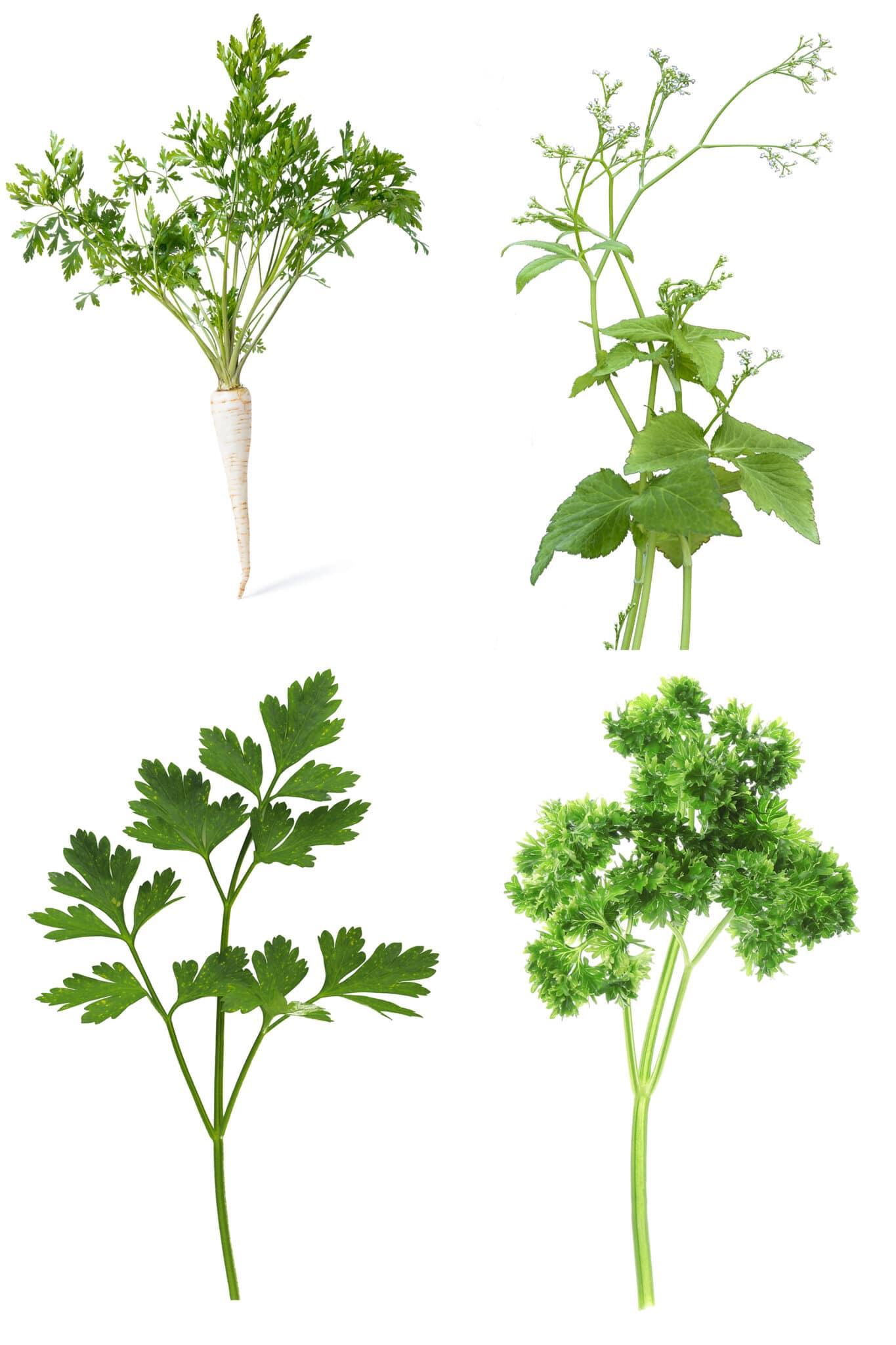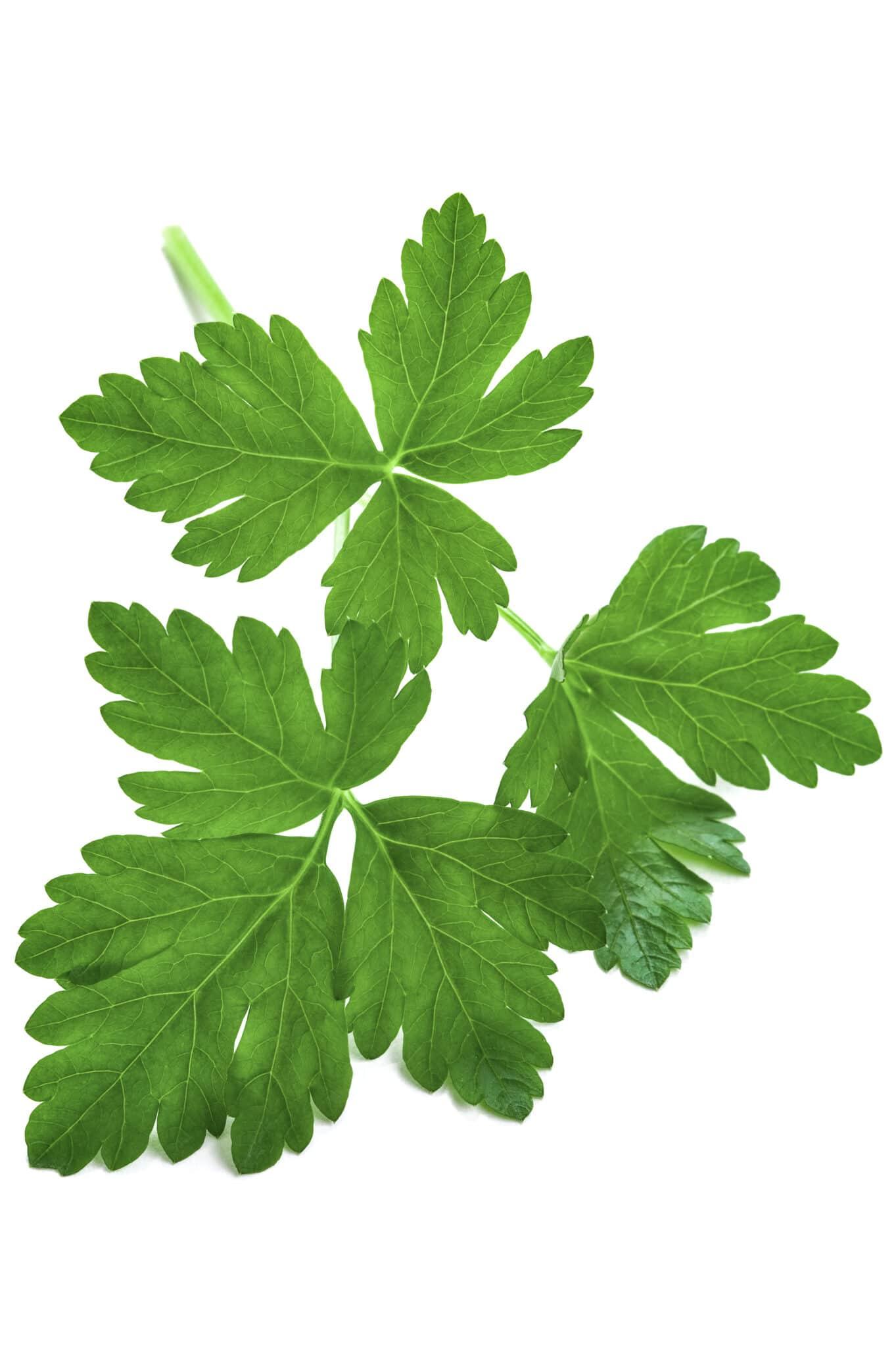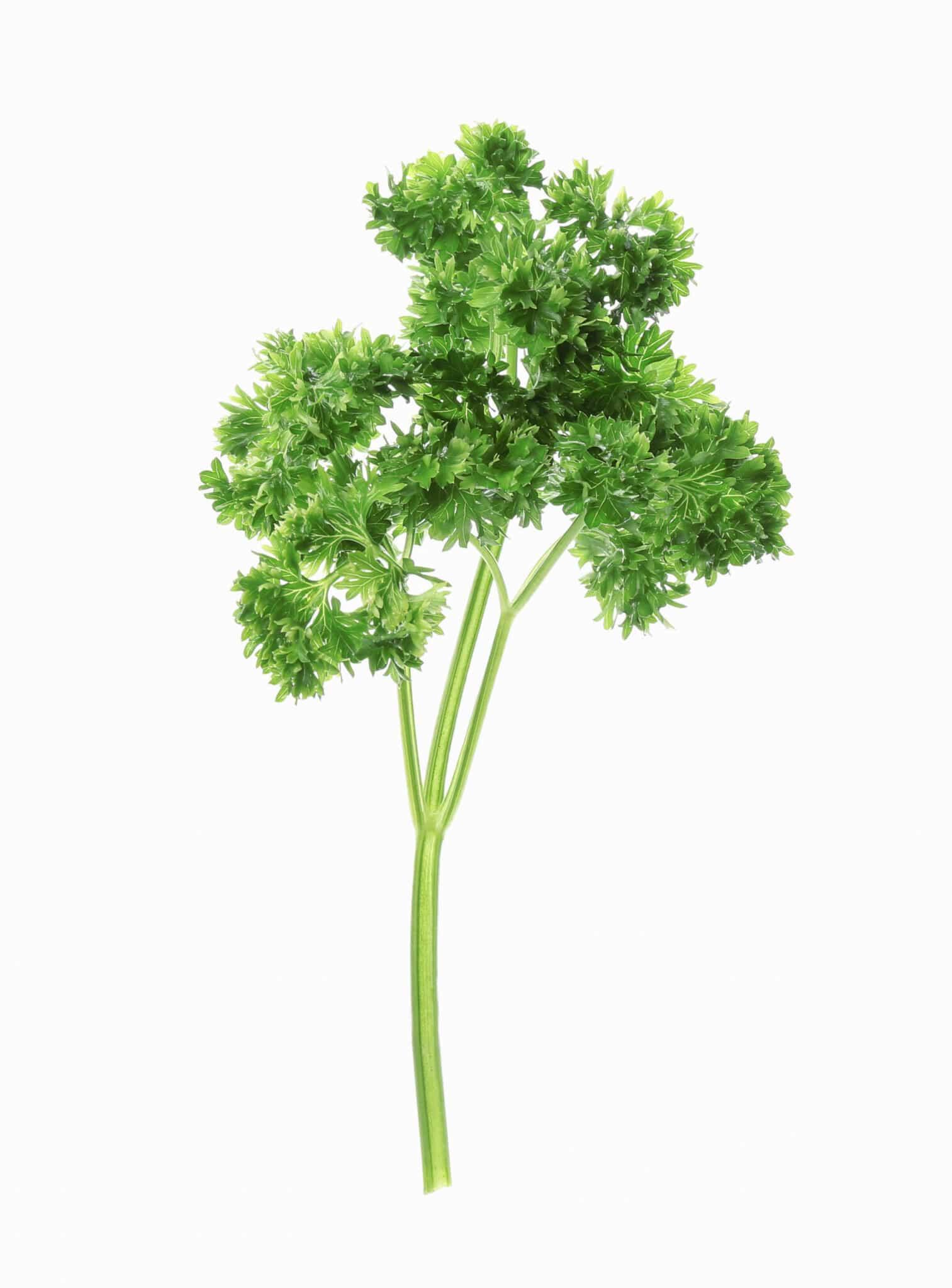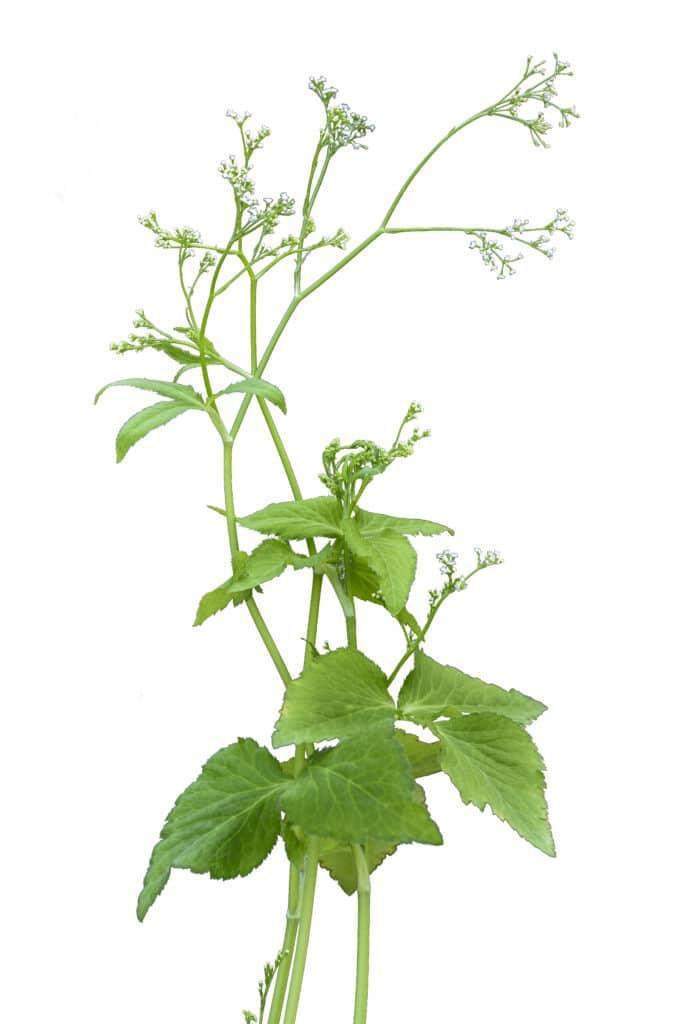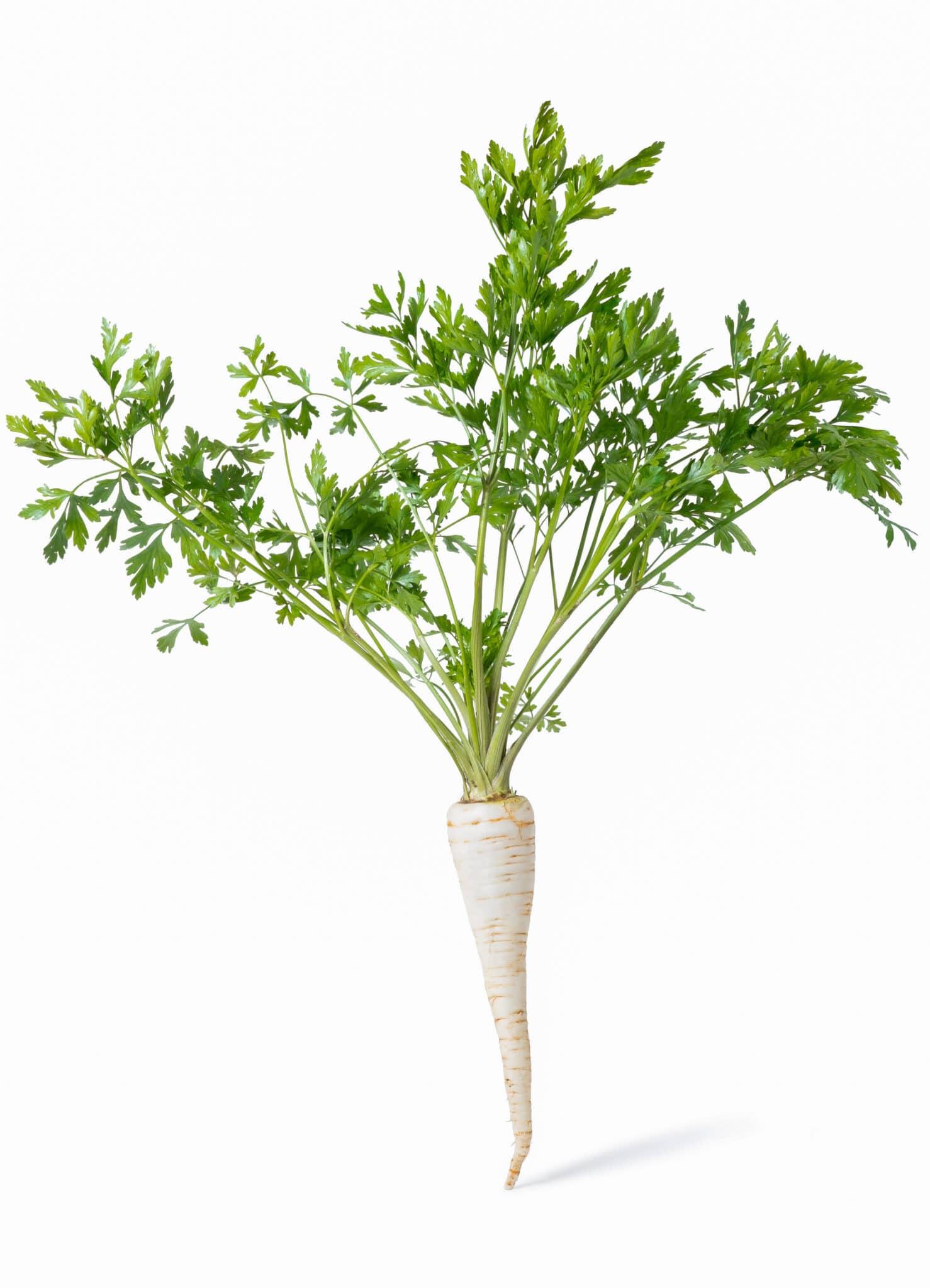Parsley is an incredibly versatile herb that adds a delightful touch to recipes from around the world. With four main varieties to choose from, each with its own unique flavor and uses, parsley is a must-have in any herb garden. In this guide, we’ll explore the most common types of parsley, how to grow them, and how to make the most of their distinct qualities.
Parsley is not only a popular herb for cooking but also a beautiful addition to any garden. Growing parsley is a breeze, whether you have a rock garden, an outdoor garden, or even an indoor herb garden. To help you choose which variety to plant, let’s take a closer look at each type.
Parsley Plant Basics
Belonging to the Apiaceae family, which includes other well-known members like fennel, cilantro, carrots, and dill, parsley is a hardy plant native to the Mediterranean. Its ease of growth and worldwide popularity have made it a staple in various cuisines and herbal medicine for over 2,000 years.
There are four main types of parsley, each with its own unique characteristics and uses. Let’s explore them!
4 Different Types Of Parsley To Try Growing
Thanks to its mild flavor and delightful aroma, parsley has become a staple herb in many cultures across the globe. The four main types of parsley are flat-leaf (Italian), curly (common), Japanese, and Hamburg. While all varieties are nutritious, flavorful, and aromatic, each has its own purpose in the kitchen.
Why learn about different Types Of parsley?
You might wonder if it’s necessary to know about more than one type of parsley. The answer is a resounding yes! Each variety has its own appearance and taste, offering a unique culinary experience. To broaden your cooking horizons, it’s worth exploring more than one variety. 🙂
Now, let’s dive into the most common parsley varieties and how to best use them.
Flat-Leaf Parsley
Flat-leaf parsley is highly sought after for culinary purposes due to its rich flavor compared to curly leaf parsley. It also doubles as an excellent addition to butterfly gardens. Cultivars of this variety include Italian Flat Leaf, Gigante Catalogno, and Titan.
- Scientific Name: Petroselinum crispum var. neapolitanum Danert
- Hardiness Zone: 2-11
- Light: Full sun to part shade
- Soil: Well-draining soil
- Water: Keep it moist
Identifying flat-leaf parsley is easy. It has flat, green, serrated leaves that grow up to 36 inches tall in a bushy pattern. Growing flat-leaf parsley is relatively simple, as long as you prevent overcrowding, excessive heat, and dehydration. Use it in soups, salads, stews, sauces, meat dishes, herbed butter, potatoes, and so much more. And don’t forget to garnish your dishes with a fresh sprig for a refreshing post-meal breath mint!
Curly (Common) Parsley
Curly parsley is the most commonly used variety, both in cooking and as a garnish. Though it is less flavorful than flat-leaf parsley, it still offers a delightful taste.
Popular cultivars of curly parsley include Forest Green, Extra Curled Dwarf, and Pagoda.
- Scientific Name: Petroselinum crispum neapolitanum
- Hardiness Zone: 2-11
- Light: Full sun (provide afternoon shade in hot climates)
- Soil: Well-draining soil
- Water: Keep it moist
Curly parsley is easily identified by its curly, ruffled leaves. The shiny green leaves are smooth and divided into pairs on ribbed stems. Growing curly parsley can be a bit trickier than flat-leaf varieties, but it is less finicky. This variety requires adequate moisture. Use it fresh, dried, or frozen for various culinary, medicinal, and beauty purposes. The possibilities are endless!
Japanese Parsley
Native to Asia, specifically Japan and China, Japanese parsley is an evergreen perennial that is grown and consumed like celery but with a bitter flavor. It is also known as Mitsuba, Purple-Leaved Japanese Wild Parsley, and Purple-Leaved Japanese Honewort.
- Scientific Name: Cryptotaenia japonica
- Hardiness Zone: 4-7
- Light: Shade
- Soil: Well-draining
- Water: Keep it moist but not soaking wet
Japanese parsley features tall stems with green pointy leaves that grow in sets of three. You can grow Japanese parsley indoors, in your garden, or in a container. The entire plant, from the leaves to the roots, is edible. The leaves are commonly used as a seasoning, the roots are eaten as a vegetable, and the sprouts make a great addition to salads.
Hamburg Root Parsley
Hamburg root parsley closely resembles flat-leaf parsley, and while its leaves are mainly ornamental due to their strong flavor, this variety produces long, thick tubers similar to parsnips. It is also known as root parsley, Dutch rooted parsley, or “Hamburg” parsley.
- Scientific Name: Petroselinum crispum (Mill.) Fuss
- Hardiness Zone: 5-10
- Light: Full sun
- Soil: Well-draining
- Water: Keep it moist
Hamburg root parsley boasts leaves that resemble flat-leaf parsley. Below ground, it forms white-ish tubers that can grow up to 8 inches long. Growing this variety is similar to flat-leaf parsley, but the main difference lies in the roots. The tubers have a nutty flavor combination of celery and carrot. While they can be eaten raw, they are often cooked and added to soups and stews.
If you adore the look and taste of parsley in your cooking, why not try growing it yourself? With several varieties to choose from, you can’t go wrong. Whichever type of parsley you decide to plant, you’ll love having fresh specimens at your fingertips whenever you need them!
More Gardening Inspiration
- Bay Leaf Plant: How To Grow, Harvest & Use Them
- Dill Plants: How To Grow, Harvest & Use Them
- How Weeds Grow: The Ultimate Care and Prevention Guide
- Thyme Plants: How To Grow, Harvest & Use Them
- Rosemary Plants: How To Grow, Harvest & Use Them

